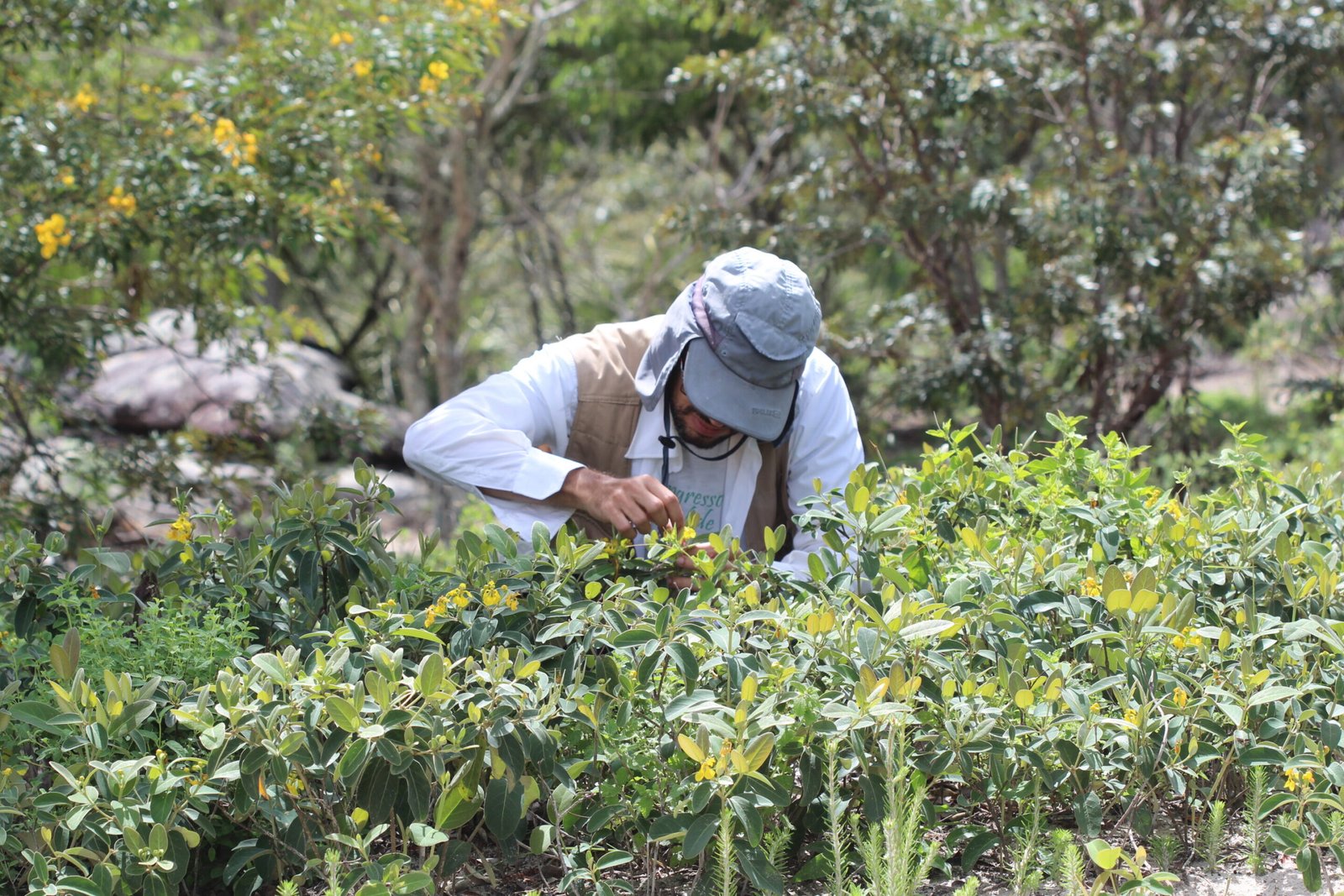
A new paper in Annals of Botany indicates that pollination can have a dramatic effect on how plants grow and change. The study shows that when plants and pollinators become uncoordinated, even for a brief time, they can change who reproduces best and change plant diversity. The paper offers new insights into how evolution works in real time.
Pressures on pollination behavior can fluctuate over reproductive seasons, influencing which plants and animals pollinate. Changes in the interaction between plants and pollinators within a single flowering season show how such interactions vary on short timescales, potentially affecting the healthiness of plant populations.
Pollinators, including birds, bats, butterflies, moths, flies, beetles, wasps, and bees, play a crucial role in the diversification of flowering plants through their influence on natural selection. Plant–pollinator interactions are key drivers of variation in the external characteristics of plants and play a huge role in shaping a range of floral traits including flower size, floral display, and flowering time. Several pollination components influence selection patterns, such as how long pollinator animals spend at the plant, how intensely they pollinate, and their behavior when pollinating.
Researchers here identified levels of plant-pollinator temporal overlap—the time when insects are most likely to pollinate flowers—for the floral oil-producing Amazonvine in the dry tropical forest Parque Nacional do Catimbau in Pernambuco, northeastern Brazil, between February and April 2020. In this system, bees collect oil secreted by floral oil glands through petal grasping and leg extensions, leaving characteristic visitation marks that help track pollination events.
The Amazonvine cannot reproduce on its own and depends on pollination from oil-collecting bees. Researchers collected information about the plant population at two separate times. The first sampling time occurred within the species’ usual peak flowering period, when the population exhibited a high number of flowers, but pollinator visitation was very scarce. After monitoring the population continuously, the investigators sampled the plants again four weeks later, at a time of high pollinator activity.
This revealed a shift in both direction and strength of fitness-flower size relationship that accompanies different flowering times, resulting in weak selection in the overall reproductive season. The researchers found that bees picked plants with larger flowers that reproduced more during peak flowering, but fitness was higher in plants with smaller flowers during the second observation time. This is because peak- and late-flowering plants experienced different intensities of pollinator visitation.
Only 7.5% of the flowers on peak-flowering plants (out of 134 flowers) showed marks of visitation indicating pollination, whereas this percentage increased to 93.6% in late-flowering plants (out of 140 flowers).
By estimating fitness functions under different intensities of flower–pollinator overlap, the investigators demonstrated that selection patterns in a plant population can be influenced strongly, and quite quickly. Though the results show that pollinators have a strong preference for plants with large flowers, changes in the overlap between the time the bees visited and when the plants flowered led to meaningful selection differences.
Observers tend to think about climate-driven phenological mismatches across years, but this paper shows that within-season mismatches (between peak and late-blooming flowers) can still drive changes in plant fitness. As climate change disrupts seasonal cues, asynchronies between plants and pollinators will likely increase. This study suggests how such changes could affect plant reproduction and evolution.
“Our findings show that even within a single flowering season, temporal mismatches between plants and pollinators can shift how traits like flower size relate to reproductive success,” said the paper’s lead author, Liedson Carneiro. “These short-term dynamics may influence evolutionary outcomes, help maintain trait diversity, and prevent rapid trait change in plant populations.”
More information:
Liedson Tavares Carneiro et al, Evolutionary consequences of flowering-pollinator asynchrony: The case of a floral oil-producing plant and its oil-collecting bees, Annals of Botany (2025). DOI: 10.1093/aob/mcaf126
Provided by
Oxford University Press
Citation:
Flowering time and pollinator visits together shape which plants thrive each season (2025, August 6)
retrieved 6 August 2025
from https://phys.org/news/2025-08-pollinator-season.html
This document is subject to copyright. Apart from any fair dealing for the purpose of private study or research, no
part may be reproduced without the written permission. The content is provided for information purposes only.




